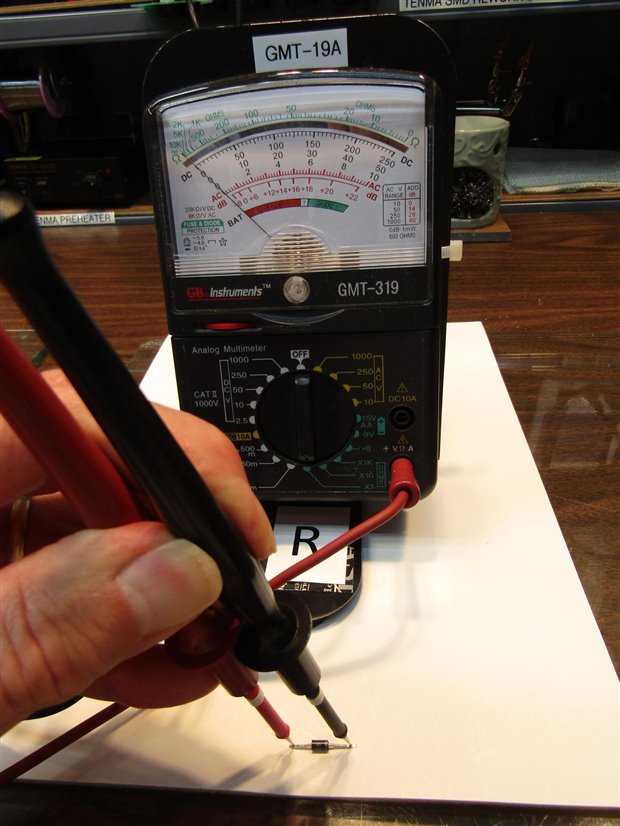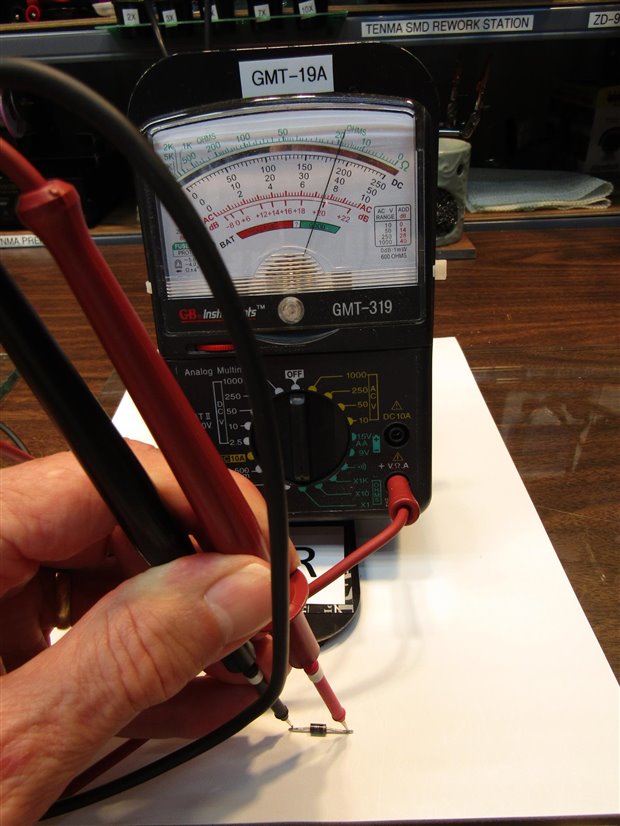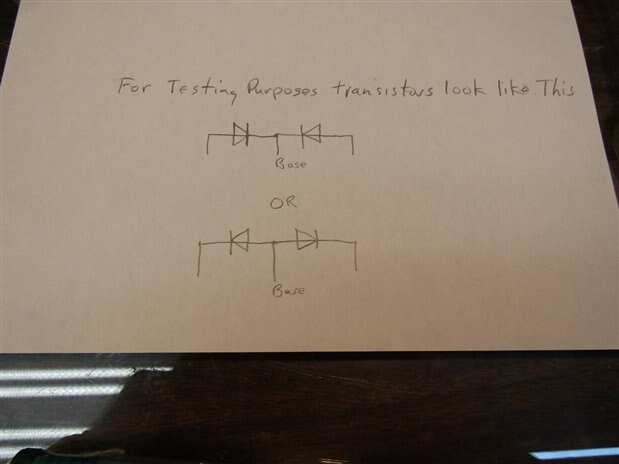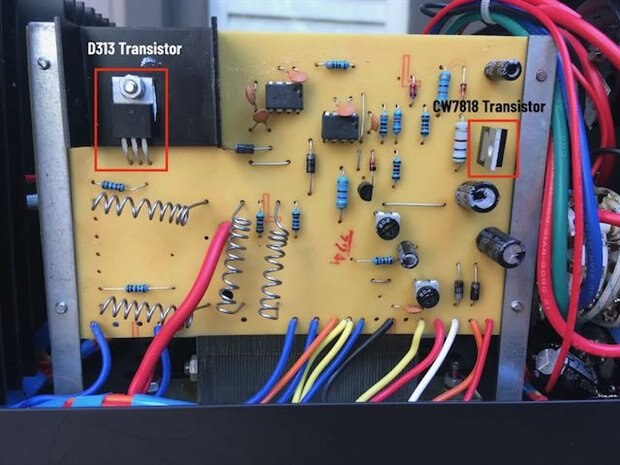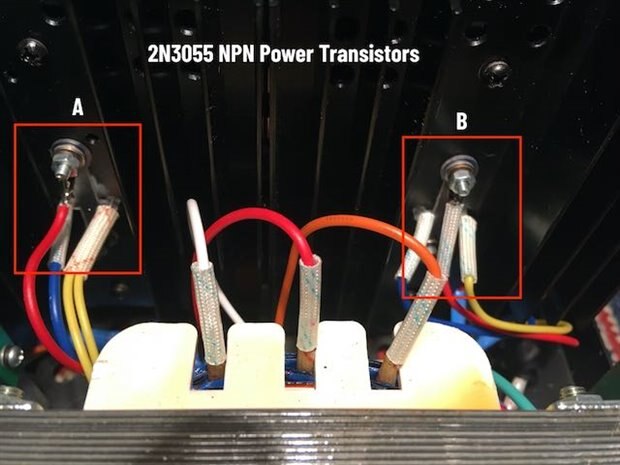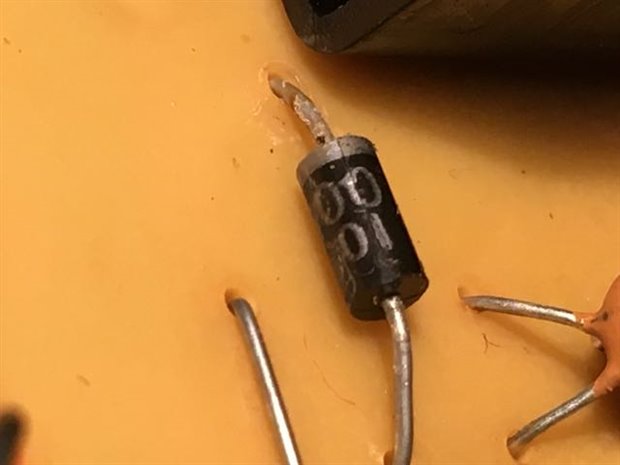Hi.
I just bought a lot of Slot Car stuff, yes those cars that go around a track. The guy was serious about his hobby he didn't have the usual wall plug in power pack, he used a MG Electronics PS-10AD, 0-20 VDC at 10 Amps. Well this power supply doesn't work anymore. It does turn on and the red overload light stays on. It doesn't put out anything. I used my multimeter etc., nothing. I know that these are made overseas . They did retail for about $200. So the questions is were can I get it repaired OR should I ? I'm in Western MAss.
I did check the fuse , it's fine. I've got a heavy door stop on my hands, it does have a nice handle and cord on it !
Many thanks for info, Ted

